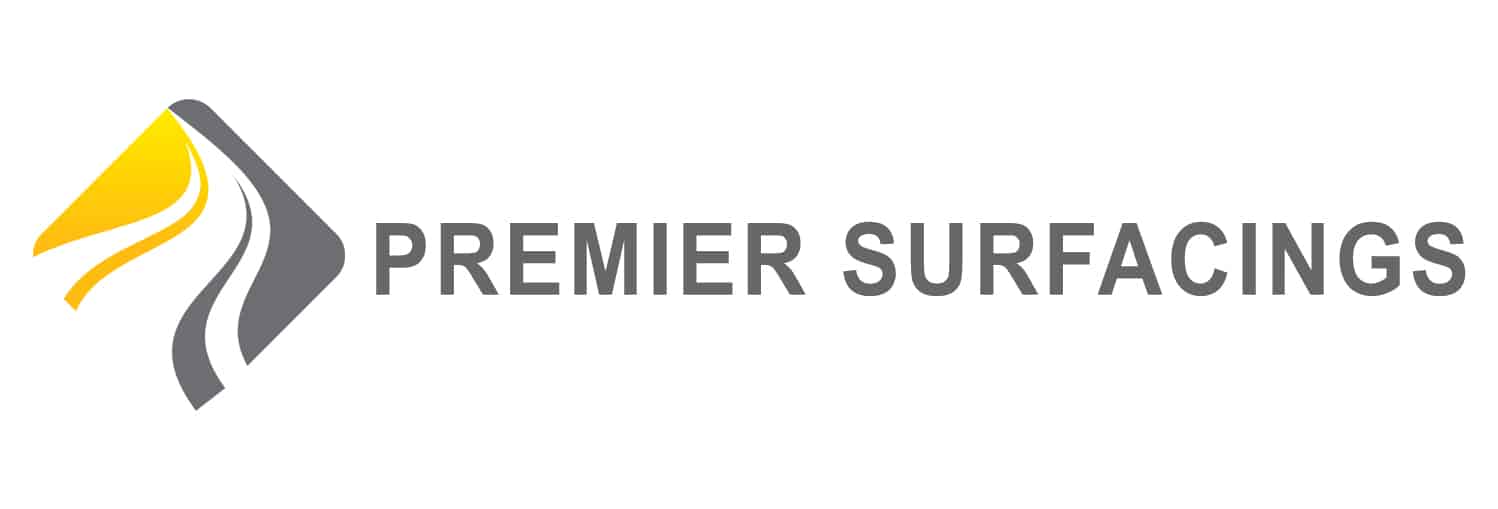Pavement Markings
Get In Touch

Overview of UK Road Markings
In conclusion, pavement markings are indispensable elements of transportation infrastructure, serving to enhance safety, guide motorists and promote efficient traffic flow.
By understanding the various types of pavement markings and their significance, both drivers and transportation professionals can contribute to creating safer and more accessible roadways for all road users.
Across the Road
-
Stop Lines: Thick solid white lines indicating where vehicles must stop at traffic signals or stop signs.
-
Give Way Lines: Broken white lines where drivers must yield to traffic on the major road, typically found at junctions.
-
Advanced Stop Lines: Dedicated areas for cyclists at traffic lights in front of other vehicles, enhancing cyclist safety.
Along the Road
-
Centre Lines: Broken white lines separating opposing traffic flows, allowing overtaking when safe.
-
Hazard Warning Lines: Longer white lines with shorter gaps, warning drivers of potential hazards ahead.
-
Double White Lines: Two parallel lines where overtaking is either allowed or prohibited depending on which line is solid. The solid line closest to you indicates restrictions.
Edge of the Road
-
Single Yellow Lines: Indicate restricted waiting times, also displayed on nearby signs.
-
Double Yellow Lines: No waiting allowed at any time; stopping is only permitted for loading unless stated otherwise.
-
Loading Bays: Areas specifically for loading and unloading, often marked with appropriate signage indicating time restrictions.
Special Markings
-
Zebra Crossings: Alternating black and white stripes indicating pedestrian crossings; vehicles must yield to pedestrians.
-
Bus Lanes: Marked lanes reserved for buses and permitted vehicles during operational hours.
-
Cycle Lanes: Designated areas for cyclists, typically marked with symbols and colour coding to enhance visibility.
Additional Markings
-
School Keep Clear: Yellow zigzag lines with “SCHOOL KEEP CLEAR” indicating no stopping near school entrances during peak times.
-
Box Junctions: Yellow boxes painted at junctions to ensure that traffic does not block the intersection; vehicles should not enter unless their exit is clear.
-
Keep Clear Markings: Large white letters indicating areas where stopping is prohibited to allow access to side roads or facilities.
Understanding Regulations and Compliance
Resources for Further Information
-
Highway Code: Comprehensive guidelines on road markings and traffic laws. GOV.UK
-
RAC Drive: A practical guide covering the various road markings and real-world examples. RAC.
-
Traffic Signs Manual: Specific details on the design and use of markings Traffic Signs Manual.
We understand that pavement markings are more than just paint on the road providing vital components that keep our streets safe and organised. Each line and symbol is meticulously designed to guide drivers thorough complex traffic patterns, prevent accidents and ensure smooth traffic flow. Enhancing the visual appeal of roadways contributing to a safer driving experience for everyone. Trust us to deliver precise and durable markings that reflect our commitment to quality and community safety.

